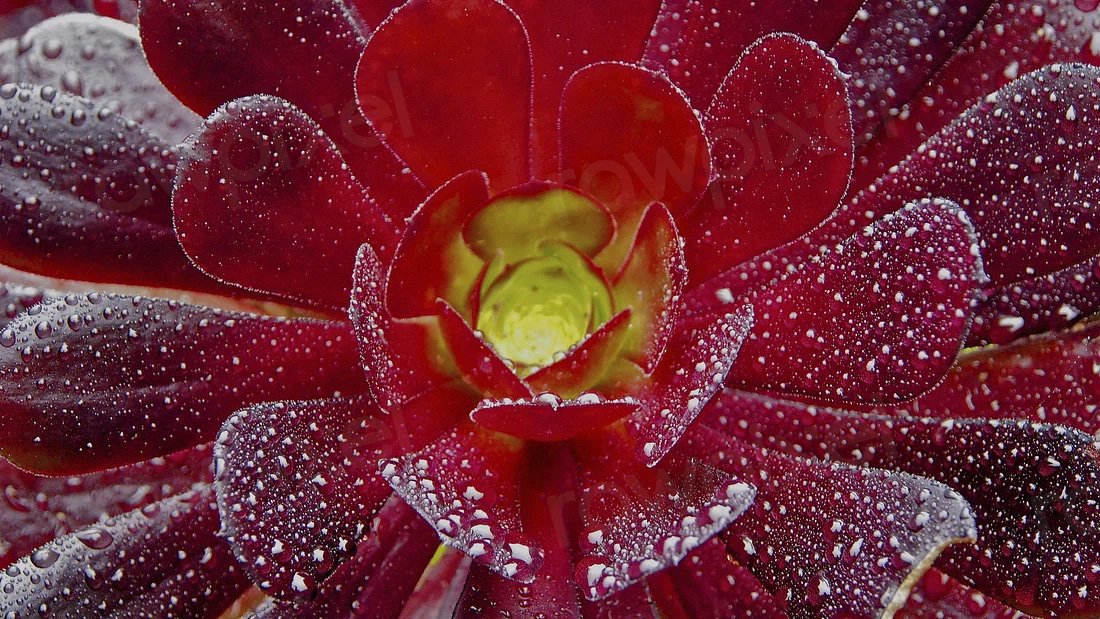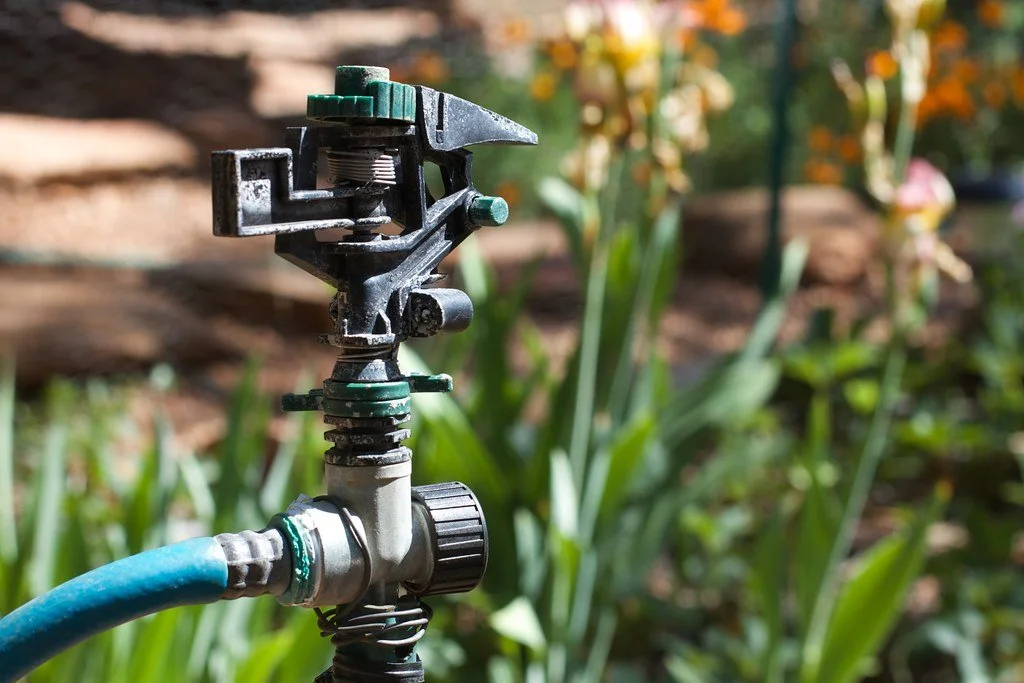Rain at Last! What Should You Do about Your Irrigation?
By: Annie
Congratulations! If you’ve chosen drought tolerant or xeric plants for your landscape, when the rainy season arrives (that’s winter here in the Bay Area) you’re heading into the home stretch: your plants are well on their way to needing little to no water in the future. That’s because the rains we get should be sufficient to further establish their roots, and by spring when growth generally speeds up, they should - depending on the species - be self sufficient.
Does that mean you should switch off your irrigation today, or put away your hose, if there’s rain due on Wednesday? Not quite! Read on to find out the answers to questions many people have, exactly how to prepare for the rainy season to give your garden the best chance of success, and how to get help if you’re still confused.
How much is enough rain?
In the Bay Area we usually get several rainstorms lasting a few days each winter, and they deposit almost all our total rainfall for the year. It can be tempting to see heavy rain out of the window and think “Great! No more watering!” but the fact is that generally, our first rains just dampen the very top layer of mulch or soil - they won't be sufficient to keep most plants watered.
If you head out after the rain and pull back the mulch in your garden in a few areas, you may find that the soil underneath is dusty and dry. And that means that you may need to keep watering until rainfall penetrates through your mulch and soaks the ground several inches deep so plant roots can access it.
if your garden is sloped, remember that rainfall will likely run off instead of penetrating into the soil. Similarly, if you’re on sandy soil that water is likely to drain right through. In both cases, more watering may be needed to keep your plants happy.
2. Do I treat all my plants the same?
Many plants will find our first rains and cooler weather hugely refreshing: you’ll start to notice new growth and a brighter attitude - I’m looking at you Aeoniums and Salvias!
For most succulents and desert plants (cacti, Agaves, Yuccas, Aloes and other plants who prefer it dry) now is the time to stop watering for the season. They're easily over-watered and can develop deadly rot very quickly, so keep them dry, and make sure mulch isn't too close to their base as that damp material can cause rot too. If you notice spotting on leaves, a copper sulphate fungicide spray can help sort out rot or other fungal issues quickly and easily.
Some of these plants may, depending on location, still find that in ground planting is too damp for them. They might do better in decorative pots that can be moved under shelter for the winter, or, if you’re a die-hard fan of a desert garden, we find that plastic sheeting staked down during rain storms can protect those plants perfectly.
3. What about trees and larger shrubs?
For trees planted this year, it will take longer for rainfall to get to those deeper roots, so you will still need to provide weekly water until the rains have entirely soaked your soil. As always, take it very slowly - hand water them with just a trickle, or using a tree watering bag. If you have timed drip irrigation, that’s the perfect rate.
Now is also the time to make sure your tree stakes are solid since winter winds can be damaging to new roots trying to stabilize a tree. If additional staking is needed - especially if you notice a tree leaning - take action quickly to support your tree. In the first year, slightly snugger strapping is our preference, but after that allowing it to be somewhat looser encourages new roots to form to stabilize the tree so that eventually stakes are not needed.
4. I need help! This is too confusing…
Don’t worry: We’re always available for consultations in the Bay Area. We can drop by and discuss your current irrigation and help devise a plan to get you through to Spring with minimal hassle and happy plants. Contact us to find out how.



